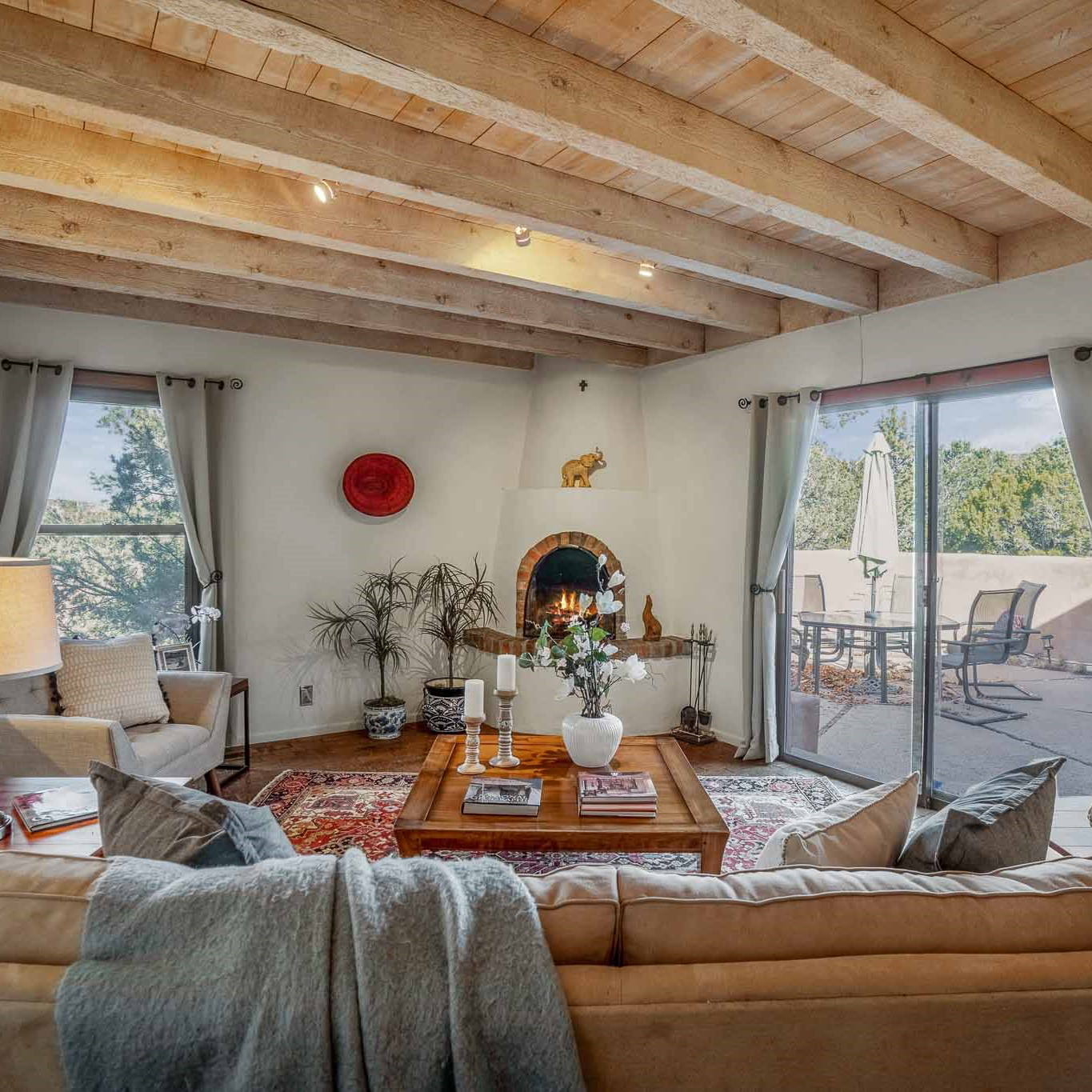
Brilliant Blue Illumination: The Beauty of Stained Glass Lamps
The History of Stained Glass Lamps
Stained glass lamps have been around for centuries, dating back to medieval times. They were originally used in churches and cathedrals, where light would shine through colorful stained glass windows, creating a mesmerizing and spiritual effect. The popularity of stained glass lamps eventually spread beyond the church and into the homes of the wealthy, where they were used as decorative pieces.
It wasn’t until the late 19th and early 20th century that stained glass lamps became widely available and affordable for the average person. The most famous stained glass lamp designer was Louis Comfort Tiffany, who created intricate lamps with both geometric and organic designs.
The Making of a Stained Glass Lamp
Stained glass lamps are made using a technique called copper foil or Tiffany-style. It involves cutting individual pieces of colored glass and wrapping each piece in thin copper foil. The copper foil pieces are then soldered together to create the lamp’s shape.
The process of making a stained glass lamp is time-consuming and requires a great deal of skill and patience. It can take anywhere from 30 to 100 hours to complete one lamp, depending on its size and complexity.
The Benefits of Stained Glass Lamps
One of the main benefits of stained glass lamps is their beauty. When displayed in a room, they create a warm and inviting atmosphere, with the light shining through the colorful glass casting a soft glow.
Stained glass lamps are also a great way to add a pop of color and interest to any room. They come in a variety of designs and sizes, from small accent lamps to large floor lamps.
In addition to their aesthetic value, stained glass lamps also have practical benefits. They can provide task lighting for reading or working, and the soft light they emit can help create a relaxing and peaceful environment.
Choosing and Caring for a Stained Glass Lamp
When choosing a stained glass lamp, it’s important to consider the lamp’s design and size, as well as the style of the room it will be in. A lamp with bold colors and geometric designs may be better suited for a modern space, while a lamp with organic shapes and muted colors may complement a more traditional and cozy room.
When caring for a stained glass lamp, it’s important to avoid using harsh chemicals or abrasive materials. A simple dusting with a soft cloth is all that’s needed to keep the lamp clean and free of debris.
The Best Places to Display a Stained Glass Lamp
Stained glass lamps can be displayed in a variety of places throughout the home, including living rooms, bedrooms, and home offices. They can be placed on end tables, desks, or shelves, or used as a focal point in a room.
One of the most popular places to display a stained glass lamp is in the bedroom, where it can provide soft lighting and create a relaxing atmosphere.


